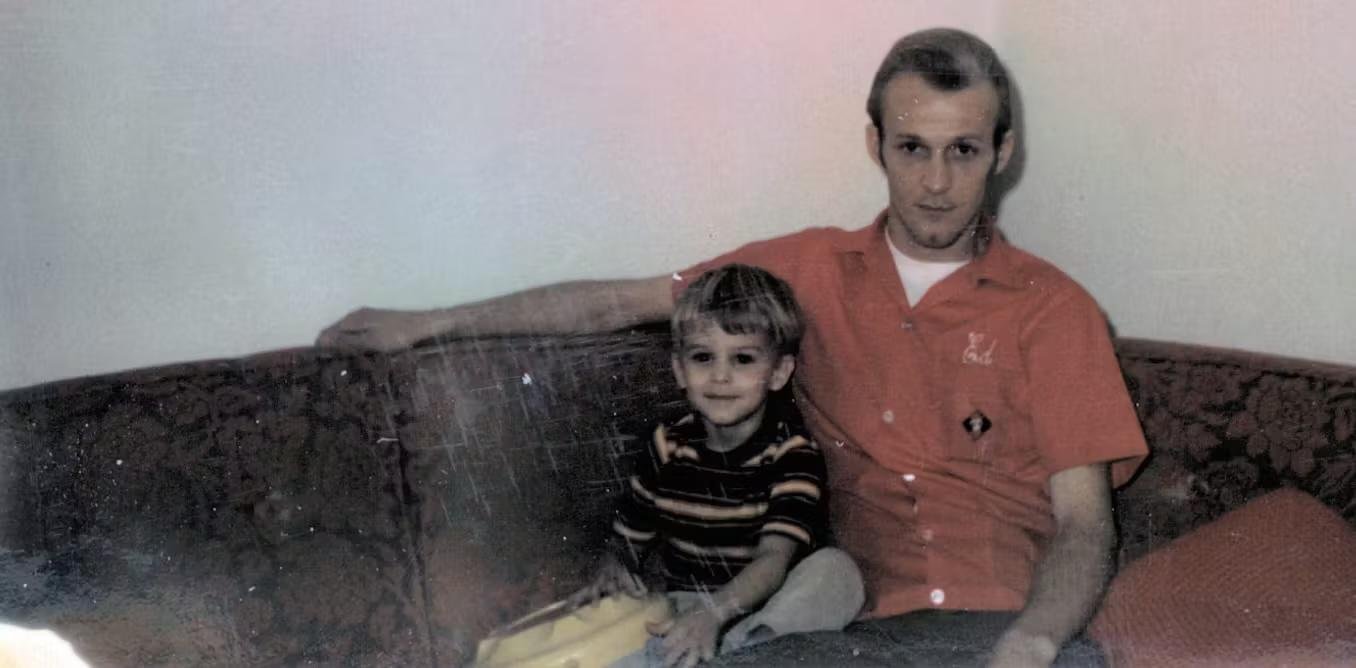analysis
The Quiet Bonds: A Father’s Unseen Affection

A recent exploration of father-son relationships reveals stark differences in communication styles between men and women. Contrary to popular belief, these relationships often exhibit depth through actions rather than words. In many households, a father and son may seem distant, exchanging minimal conversation compared to the emotional exchanges typically seen between mothers and daughters.
This phenomenon is particularly evident in the lives of pairs like Glenn, age 41, and his father R.J. Their Sunday visits often consist of shared activities such as watching television or tackling household repairs with little verbal communication. Despite this apparent detachment, Glenn and R.J. find a significant expression of love in these shared tasks, indicating a preference for doing over saying.
Research shows this tendency is not unique to Glenn and R.J. In many male relationships, affection is more commonly demonstrated through supportive actions rather than verbal affirmations. Whether it’s organizing a group outing with friends or assisting a partner with chores, many men opt for practical expressions of care over conventional declarations.
Critics might view such behaviors as indicative of emotional barriers. Glenn’s wife, for example, suggests their lack of verbal expression stems from an inability to articulate feelings. However, Glenn and R.J. find value and meaning in their shared experiences. For them, actions speak volumes about their emotional connection.
The dynamics between fathers and sons are further complicated by cultural expectations surrounding masculinity. While familial bonds promote closeness, traditional norms often discourage open expressions of intimacy between men. Qualities such as independence and self-reliance are often celebrated, resulting in many fathers and sons relying on shared activities to forge their connection.
As Glenn transitioned into adolescence, he noted a shift in his father’s outward affection, a common trend observed in father-son relationships. This change often leads to a reliance on shared experiences rather than open discussions about feelings. Meanwhile, women frequently express concerns over men’s lack of emotional openness, prompting questions about their relational depth.
Even Glenn occasionally wishes for more direct conversations with his dad. While there’s nothing inherently wrong with desiring more expressiveness, it’s critical to acknowledge that male relationships can be fulfilling in their unique way. In his book, “The Loneliness Cure,” the author emphasizes the importance of recognizing the richness found in non-verbal bonds among men.
In conclusion, father-son relationships emphasize a distinctive communication style where actions often convey love more than words. Understanding and honoring these expressions can foster a deeper appreciation for male connections.


















